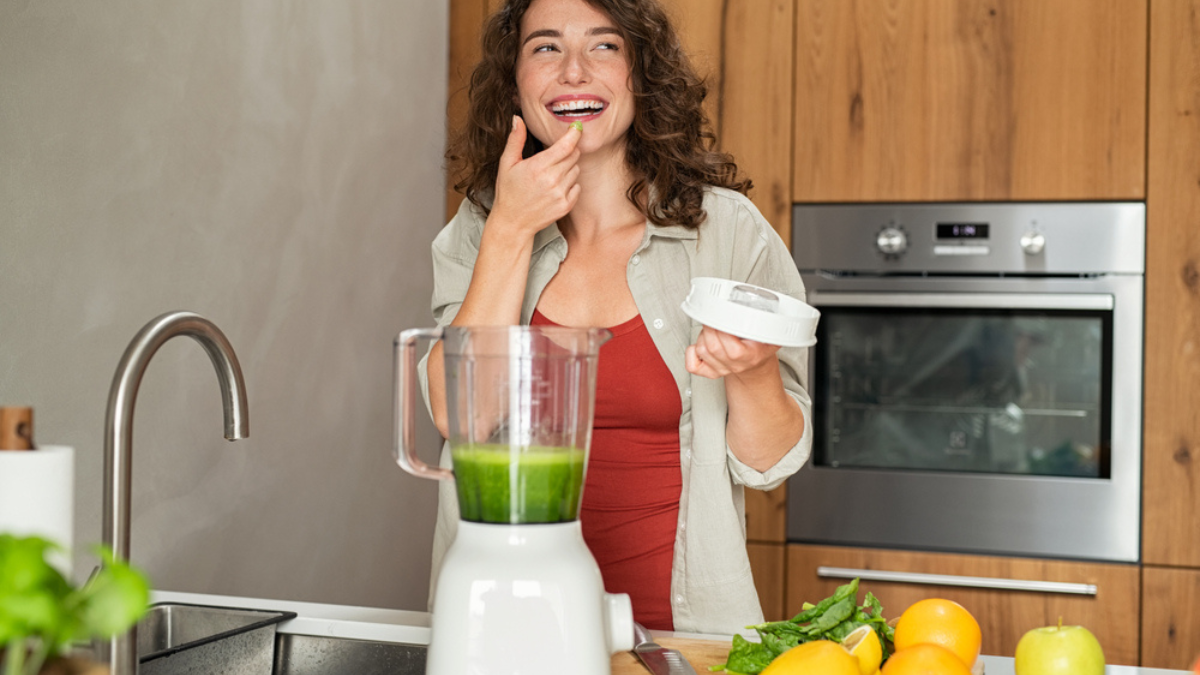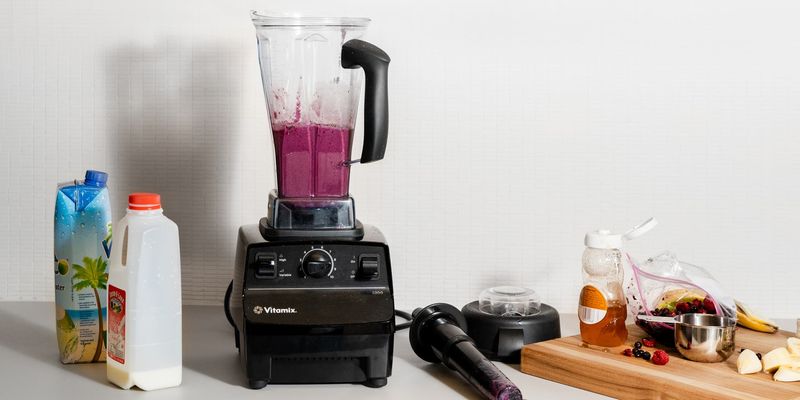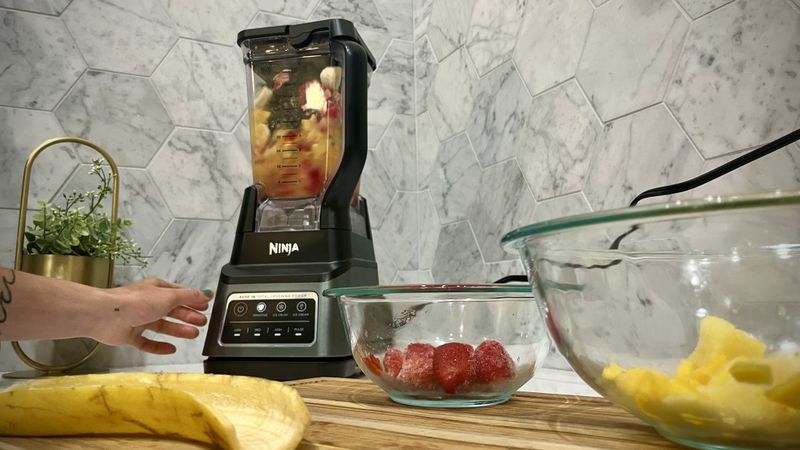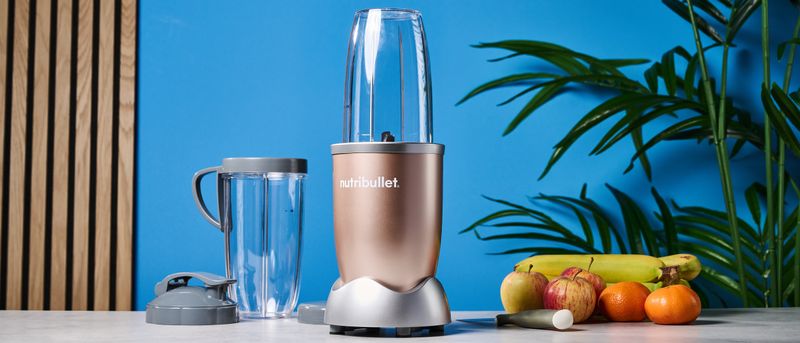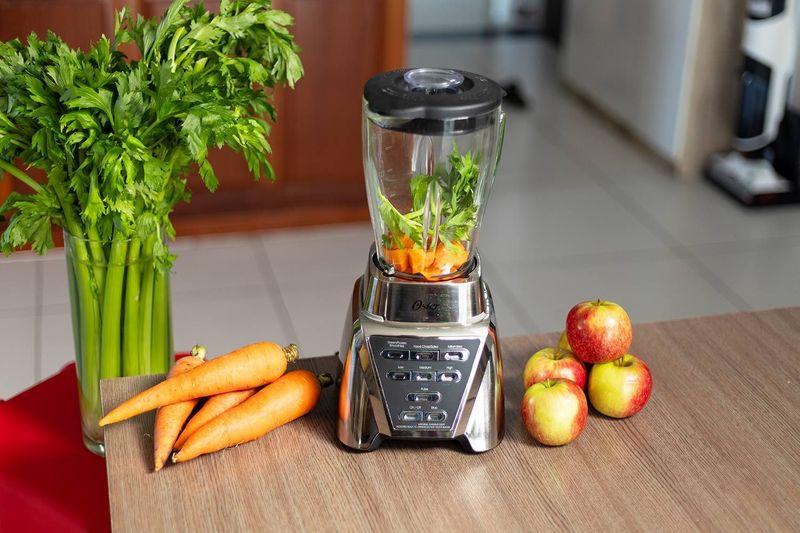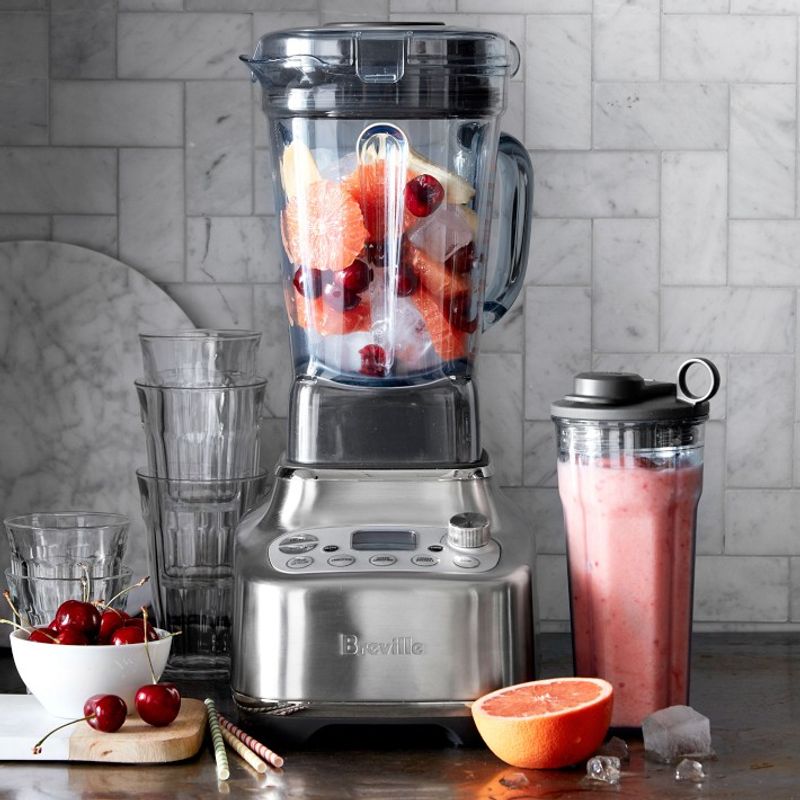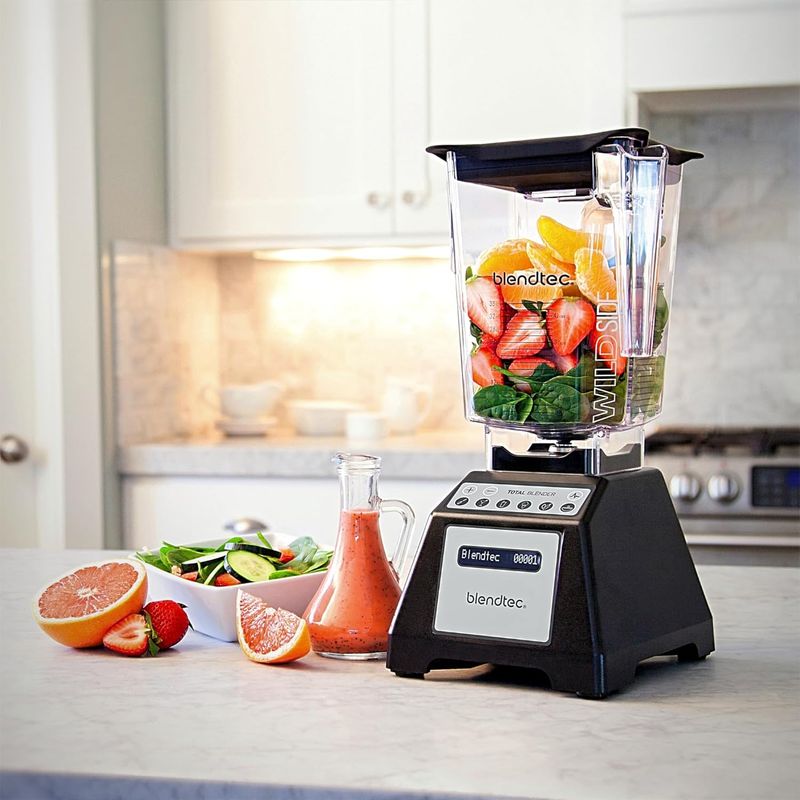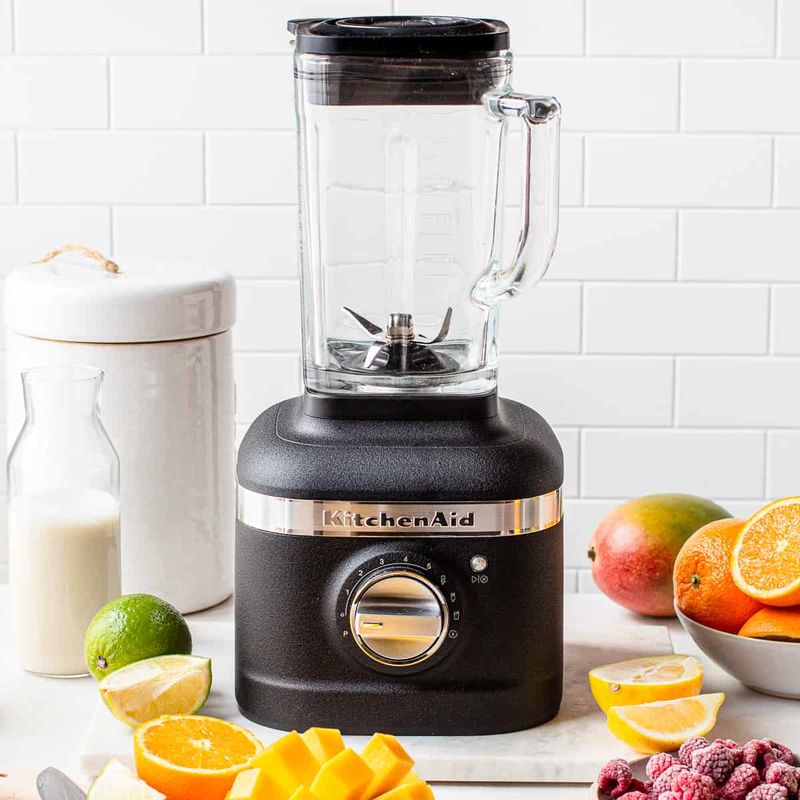Making the perfect smoothie sounds simple until you hit that first chunk of frozen fruit or leafy green. After years of disappointing drinks, I decided to test seven popular blenders to find out which one actually delivers on the promise of silky-smooth results. My kitchen became a smoothie laboratory for two weeks as I put each machine through rigorous tests.
1. Vitamix 5200
Nothing prepared me for the sheer power of this machine when I first fired it up. The motor sounds like a jet engine, but that intimidating noise translates into incredible blending performance that left me speechless.
Every single smoothie came out perfectly smooth, even with tough ingredients like kale stems and frozen mango chunks. The variable speed control gives you complete command over texture, while the tamper tool helps push stubborn ingredients toward the blades.
Yes, it costs more than most blenders, but after testing cheaper alternatives, I understand why professional smoothie shops choose Vitamix.
2. Ninja Professional Plus
Right out of the box, this blender impressed me with its sleek design and multiple blade assembly. The price point makes it attractive for budget-conscious smoothie lovers who want something better than basic models.
Soft fruits blend beautifully, creating restaurant-quality strawberry banana smoothies that rival expensive juice bars. However, leafy greens proved challenging, often leaving small pieces that created an unpleasant texture in my morning drinks.
The multiple speed settings help, but you need patience and several pulse cycles to achieve acceptable results with tougher ingredients like frozen berries or ice cubes.
3. NutriBullet Pro 900
The small footprint initially excited me since counter space comes at a premium in my kitchen. Personal-sized portions seemed perfect for my morning routine, and the simple twist-and-blend operation felt foolproof.
Single servings of basic fruit smoothies work fine, though you hear the motor strain with anything challenging. Frozen ingredients cause the blades to struggle, often requiring multiple stops to shake the cup and redistribute contents.
After two weeks of testing, I noticed the motor getting noticeably hotter during longer blending sessions, which concerned me about long-term durability and consistent performance.
4. Oster Pro 1200
Walking into the store, this blender caught my eye with its affordable price tag and promises of professional-grade performance. The glass pitcher feels substantial, and the pre-programmed settings suggest sophisticated engineering.
Basic smoothies turn out acceptable, though you definitely taste the difference compared to higher-end models. Ice crushing works reasonably well, but frozen fruit creates inconsistent results with noticeable chunks throughout the finished drink.
The biggest frustration came from the inconsistent blending patterns, where ingredients would get stuck in dead zones around the pitcher walls, requiring constant stopping and stirring.
5. Breville Super Q
The marketing promised whisper-quiet operation, which initially seemed perfect for early morning smoothies without waking the entire household. The sleek stainless steel design definitely looks premium sitting on my counter.
True to its promise, this blender runs remarkably quietly compared to other models I tested. Unfortunately, that quiet operation comes at the cost of blending power, leaving fibrous vegetables partially processed in most drinks.
Even after extended blending times, green smoothies retained a gritty texture that made them unpleasant to drink, despite the machine’s sophisticated appearance and higher price point.
6. Blendtec Total Classic
The square pitcher design immediately struck me as unusual, but Blendtec claims this shape creates better blending vortexes than traditional round containers. The pre-programmed cycles promised foolproof smoothie making.
Raw power definitely exists here, with the motor easily crushing ice and pulverizing most ingredients into submission. However, the automated cycles often over-blend softer ingredients while under-processing tougher ones in the same batch.
Without manual speed control, you lose the ability to fine-tune texture, which frustrated me when trying to achieve that perfect smoothie consistency that falls between chunky and completely liquified.
7. KitchenAid K400
The retro styling immediately caught my attention, matching perfectly with other KitchenAid appliances already decorating my counter. The solid construction and premium feel suggested this would be a serious contender.
Unfortunately, looks can be deceiving when it comes to smoothie performance. The blender struggles with frozen ingredients, often leaving large chunks that require multiple blend cycles to break down properly.
Even simple combinations like banana and berries came out inconsistently textured, with some areas perfectly smooth while others retained noticeable pieces that detracted from the overall drinking experience significantly.
